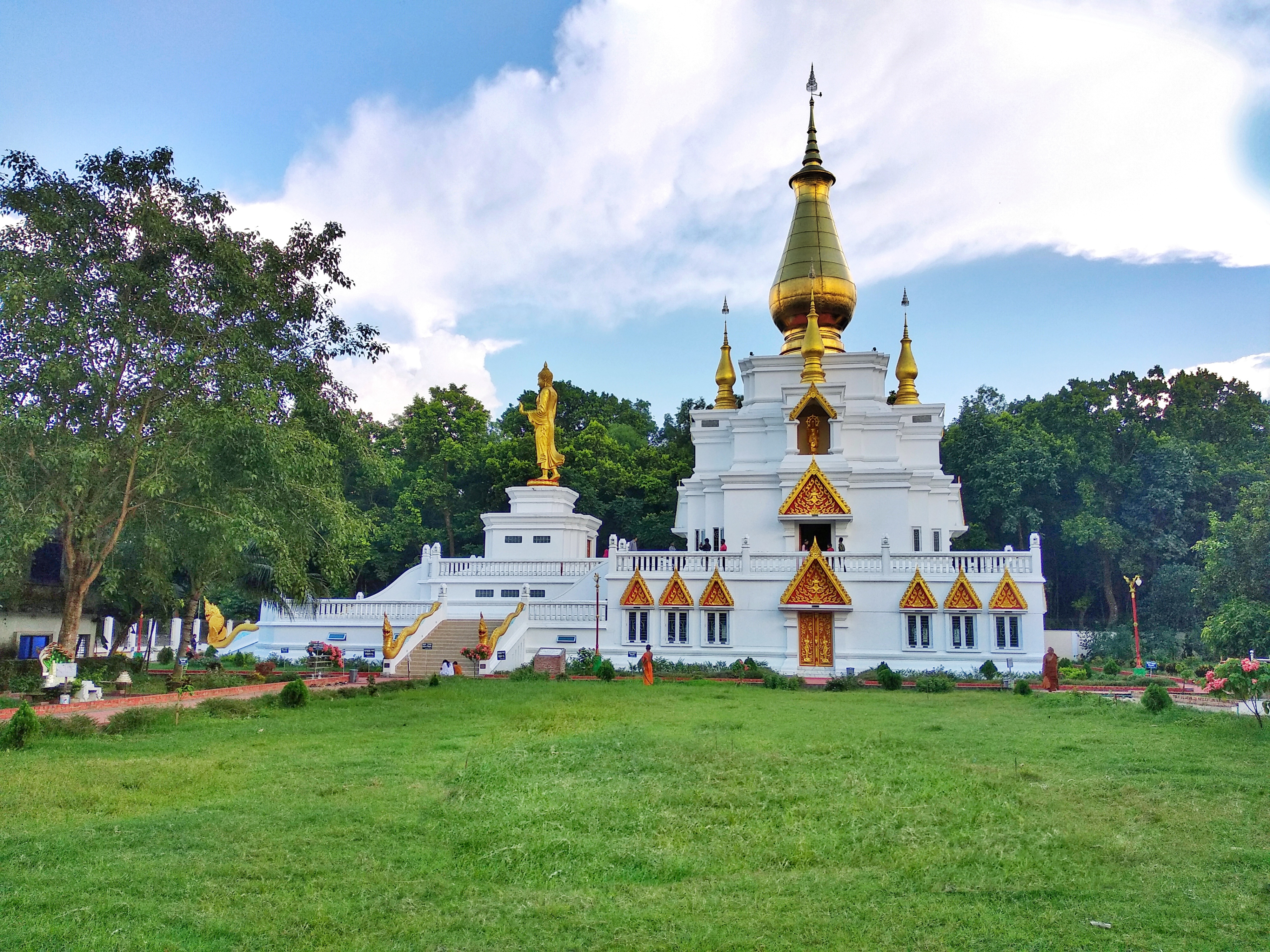The landscape of Dhauli Giri stands as a profound testament to one of India's most transformative historical moments—the Kalinga War. Nestled along the banks of the Daya River, this site represents more than a mere geographical location; it embodies a pivotal spiritual and philosophical transition that would reshape the trajectory of an entire empire and religious philosophy.
In 261 BC, the bloodied fields of Dhauli witnessed a conflict so brutal that it would fundamentally alter Emperor Ashoka's worldview. The Mauryan Empire's devastating victory against the Kalinga kingdom was pyrrhic, leaving behind a landscape stained with human suffering that would prompt Ashoka's remarkable spiritual metamorphosis. The sheer scale of destruction—where legend suggests the river ran red with blood—triggered a profound introspection within the emperor.
The rock edicts scattered across Dhauli serve as silent witnesses to Ashoka's transformation. Carved meticulously into the ancient stone, these inscriptions reveal not just historical documentation but a deeply personal journey from ruthless conquest to compassionate governance. These ancient writings detail Ashoka's renunciation of violence and his commitment to dharma, offering unprecedented insights into one of ancient India's most significant philosophical shifts.
Buddhist symbolism permeates the landscape, most notably through the magnificent Dhauli Shanti Stupa. Constructed in 1972 through collaborative efforts between Japanese and Indian Buddhist organizations, this pristine white structure represents more than architectural achievement. Its design, featuring intricate panels depicting Buddha's life and serene statues, symbolizes the peaceful philosophy that took root in this very landscape after centuries of conflict.
Archaeological evidence suggests Dhauli was not merely a battlefield but a critical center for Buddhist propagation. The rock-cut elephant sculptures, considered the oldest of their kind in India, symbolize both the Buddhist doctrine and Ashoka's personal transformation. These ancient carvings represent more than artistic expression; they are tangible markers of a philosophical revolution that would spread across the subcontinent.
The site's cultural significance extends beyond its historical narrative. Ancient Hindu temples like the Dhabaleswar Temple coexist alongside Buddhist monuments, creating a rich tapestry of spiritual diversity. This architectural and cultural confluence highlights the remarkable religious pluralism that has characterized the region for millennia, offering visitors a nuanced understanding of India's complex spiritual landscape.
Modern technological innovations have further enhanced Dhauli's storytelling potential. The installation of advanced projection mapping at the Peace Pagoda allows visitors to experience the dramatic narrative of the Kalinga War and Ashoka's transformation through immersive visual storytelling. This blend of ancient history and contemporary technology ensures that the site remains a dynamic, engaging destination for scholars, tourists, and spiritual seekers alike.
The Dhauli Kalinga Festival has emerged as a significant cultural event, drawing visitors from across the globe to experience this remarkable location. The nightly light and sound show provides a spectacular reimagining of historical events, using cutting-edge projection technology to breathe life into centuries-old narratives. Through these innovative presentations, Dhauli continues to serve not just as a historical site, but as a living, breathing narrative of transformation, peace, and human potential.







